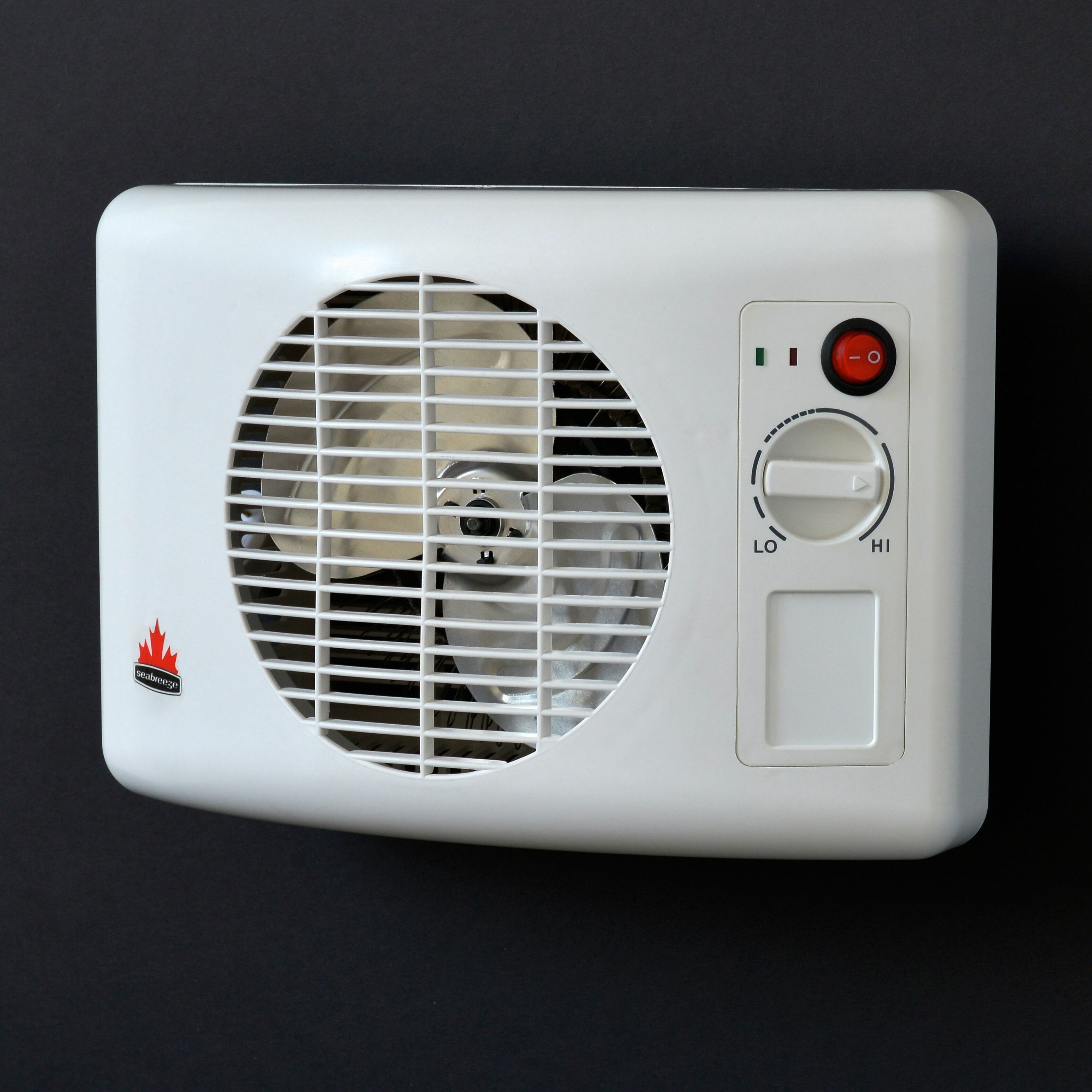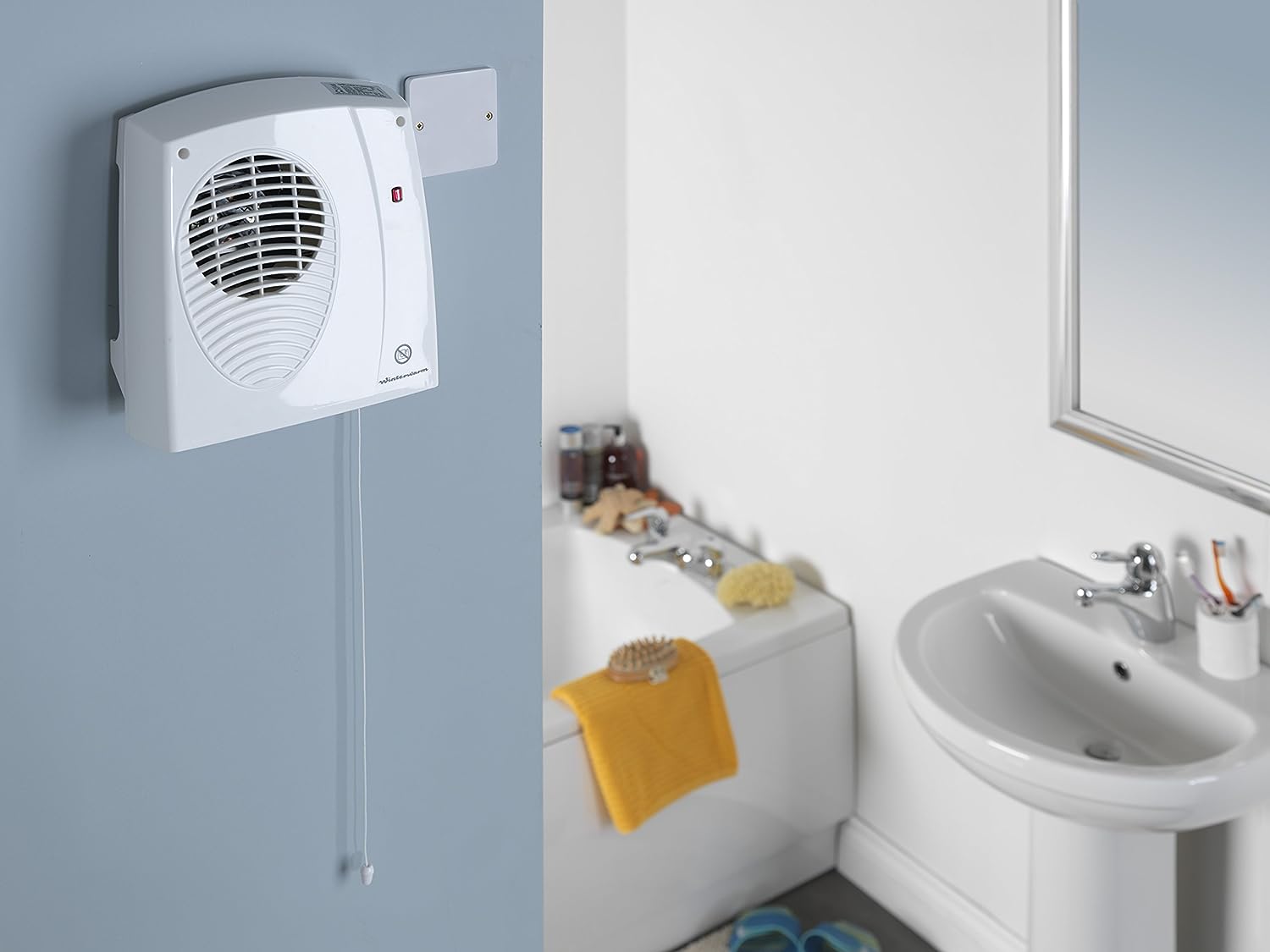Choosing the Right Small Electric Heater for Your Bathroom: Small Electric Heater For Bathroom

A small electric heater can be a welcome addition to your bathroom, especially during the colder months. It can help create a cozy and comfortable environment, making your bathroom a more enjoyable space. However, with so many different types of heaters available, choosing the right one for your bathroom can be a challenge.
Types of Small Electric Heaters
Different types of small electric heaters are available for bathrooms, each with its own advantages and disadvantages. Understanding the different types will help you choose the best option for your needs.
- Convection Heaters: These heaters work by heating the air around them and then circulating it throughout the room. They are generally energy-efficient and relatively quiet, making them a good choice for bathrooms.
- Radiant Heaters: Radiant heaters emit infrared rays that heat objects and people directly. They are known for providing fast and localized warmth, making them ideal for smaller spaces.
- Fan-Forced Heaters: Fan-forced heaters use a fan to circulate hot air, providing rapid heating. They are typically more powerful than convection heaters but can be noisier.
Pros and Cons of Different Heater Types
Each type of small electric heater has its pros and cons, which are crucial to consider when making a decision.
- Convection Heaters:
- Pros: Energy-efficient, quiet operation, evenly distribute heat.
- Cons: May take longer to heat up a room compared to other types.
- Radiant Heaters:
- Pros: Fast heating, localized warmth, good for smaller spaces.
- Cons: May not heat the entire room evenly, can be less energy-efficient.
- Fan-Forced Heaters:
- Pros: Rapid heating, powerful, can be used to circulate air.
- Cons: Can be noisy, may not be as energy-efficient as convection heaters.
Comparing Features, Energy Efficiency, Safety Features, and Price Ranges
Here’s a table comparing different models based on their features, energy efficiency, safety features, and price ranges:
| Model | Type | Wattage | Energy Efficiency | Safety Features | Price Range | [Model Name 1] | Convection | 1500W | 80% | Tip-over switch, overheat protection | $50-$100 | [Model Name 2] | Radiant | 1000W | 75% | Tip-over switch, overheat protection | $40-$80 | [Model Name 3] | Fan-Forced | 2000W | 70% | Tip-over switch, overheat protection, remote control | $60-$120 |
|---|
*Note: This is just an example table, and actual prices and features may vary depending on the specific model and retailer.*
Choosing the Right Size and Wattage, Small electric heater for bathroom
The size and wattage of the heater are crucial factors to consider. A heater that is too small for your bathroom may not provide enough warmth, while one that is too large may be inefficient and expensive to run.
The general rule of thumb is to choose a heater with 10 watts per square foot of space.
For example, a 100-square-foot bathroom would require a heater with a wattage of 1000 watts.
Safety Considerations for Using Electric Heaters in Bathrooms

Bathrooms are often damp environments, making them particularly susceptible to electrical hazards. Using electric heaters in these spaces requires careful consideration and adherence to safety guidelines to prevent accidents.
Choosing a Heater with Safety Features
Selecting an electric heater with built-in safety features is paramount for reducing the risk of electrical accidents. Features such as tip-over protection and overheat protection can significantly minimize the chances of fires or electric shocks.
- Tip-over protection automatically shuts off the heater if it is accidentally knocked over, preventing potential fires or burns. This feature is particularly important in bathrooms where heaters might be placed on a countertop or shelf, making them more prone to being tipped over.
- Overheat protection prevents the heater from becoming too hot and potentially causing a fire. This feature ensures that the heater will shut off automatically if it reaches a dangerously high temperature.
Using Heaters Near Water Sources
Water and electricity are a dangerous combination, and using heaters near water sources in bathrooms increases the risk of electric shock.
- Avoid placing heaters near sinks, bathtubs, or showers, as water splashes can create a pathway for electricity to flow, potentially causing serious injury or death.
- Keep the heater at least 3 feet away from any water source to minimize the risk of electrical shock.
- Never use a heater in a bathroom with a wet floor or while bathing. Ensure the floor is dry before operating any electric heater.
Proper Installation and Placement
Correctly installing and placing a small electric heater in a bathroom is crucial for safety and optimal performance.
- Install the heater on a stable surface that is not likely to be knocked over. Ensure the surface is dry and free of obstructions.
- Plug the heater into a grounded outlet to prevent electrical shocks. Never use an extension cord, as this can increase the risk of fire.
- Avoid placing the heater in front of a window or door, as this can create drafts that reduce its effectiveness and increase the risk of overheating.
- Ensure adequate ventilation to prevent the build-up of moisture and heat. Open a window or use a fan to circulate air.
Safety Precautions When Using Electric Heaters in Bathrooms
Following these safety precautions is essential when using electric heaters in bathrooms:
- Always unplug the heater when not in use, even if it has a tip-over or overheat protection feature.
- Never leave a heater unattended, especially if it is near a water source.
- Keep flammable materials away from the heater, such as towels, bathrobes, and toilet paper.
- Supervise children and pets when using a heater in the bathroom. Ensure they cannot reach or tamper with the heater.
- Regularly inspect the heater for any signs of damage, such as cracks, frayed cords, or loose connections. If any damage is found, discontinue use and contact the manufacturer or a qualified electrician for repairs.
Tips for Using and Maintaining Your Small Electric Heater
Your small electric heater can provide warmth and comfort, especially during chilly weather. By following these tips, you can optimize its performance and ensure a long lifespan.
Effective Use for Maximum Warmth and Minimal Energy Consumption
To maximize the warmth and minimize energy consumption of your heater, consider these tips:
- Choose the right size for your space. A heater that is too small will struggle to heat the room effectively, while one that is too large will waste energy and cost you more money.
- Place the heater strategically. Position the heater away from flammable materials and in an area with good air circulation.
- Use a timer or thermostat. Set a timer to automatically turn the heater off when you are not using it. A thermostat will help to maintain a comfortable temperature without over-heating the room.
- Open windows and doors sparingly. Every time you open a window or door, you let out heat and bring in cold air.
- Insulate your home. Insulating your home will help to keep the heat in and reduce your energy consumption.
Cleaning and Maintenance for Optimal Performance and Longevity
Regular cleaning and maintenance will ensure your heater operates efficiently and lasts longer.
- Unplug the heater before cleaning. This is a crucial safety precaution.
- Dust the heater regularly. Use a soft cloth or brush to remove dust from the heater’s exterior and vents.
- Clean the heating element. Some heaters have removable heating elements that can be cleaned with a damp cloth.
- Check the power cord for damage. If you see any cracks, cuts, or fraying, replace the cord immediately.
- Store the heater properly when not in use. Store it in a cool, dry place, away from direct sunlight and moisture.
Troubleshooting Common Problems
Here are some common problems you might encounter with a small electric heater and how to troubleshoot them:
- The heater is not turning on. Check that the heater is plugged in and that the circuit breaker has not tripped.
- The heater is not getting hot. Check that the heating element is clean and that the thermostat is set to the desired temperature.
- The heater is making a strange noise. This could be a sign of a loose part or a malfunctioning component.
- The heater is blowing cold air. Check that the air filter is clean and that the fan is working properly.
Proper Storage and Handling When Not in Use
Storing your heater correctly will protect it from damage and ensure it’s ready for use next time.
- Unplug the heater and allow it to cool completely. This prevents accidental burns and potential electrical hazards.
- Clean the heater thoroughly before storing it. This helps prevent dust and dirt buildup.
- Store the heater in a dry, cool, and well-ventilated area. Avoid storing it in damp or humid environments, as this can lead to rust or corrosion.
- Wrap the power cord loosely around the heater. Avoid tightly wrapping the cord, as this can damage the insulation.
